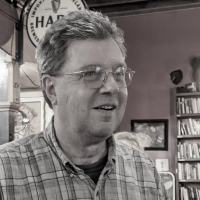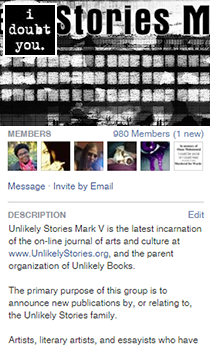Dial-A-Crash
Two for the Show
“And that, ladies and gentlemen, is my presentation,” Harold Pressler nodded to the audience. “Any questions?”
“Dr. Pressler, you’ve brilliantly outlined the algorithms but what about failure mode and effects analysis?”
“The radar systems and laser sensors will all have to be thoroughly field tested. Every environmental prototype is going to require a different weighting system. Longevity and coordination of each component will depend on a variety of factors. There will be problems with post-tracker implementation based on prior knowledge in a cluttered environment. A beam of light is only as good as the reflecting mirror that it bounces off. Periodic software upgrades will be required to ensure a high level of safety and reliability.”
Pressler identified another questioner. “But if there are this many undefined variables, how soon can we expect a fully implemented system?”
“Young man,” Dr. Pressler shuffled his notes. “You must not have been listening to my talk very closely. The system will never be complete. Certain elements are already in place but the goal of full autonomy will be reached in a manner not unlike Zeno’s paradox, halfway to halfway for forever. To err is human, to create imperfect systems is anthropological evolution.”
“You mean there’s a lot of kinks to be worked out?”
“Let’s just say that we must learn to be comfortable with an acceptable margin of error. Like weather related factors, snow storms or floods, when the usual perimeter of the road is not well defined. And there will always be an urban/rural divide. People will want to get off the regular grid system and even off the road itself. For that reason every car will have to have a manual over ride, and how do you get people to stop using it? For the near future, the problems of pot holes and pedestrians will seem overwhelming. Implementation will be incremental and every accident attributed to the autonomous car will be closely scrutinized and heavily criticized.”
A man in the front row stood up and asked, “And what about the trolley dilemma? You know, the runaway trolley, you’re the switch man, you can divert the train and kill one person or let it go forward and kill five.”
“Yes, yes, very interesting, armchair philosophers can play with that one forever. We must leave such difficult problems to the software engineers. They’re already designing the decision trees that determine how complex crashes will be handled.”
“But if that’s the case, who’s going to be responsible? Who carries the policy? Will it all be no fault insurance or simply the fault of the software companies?”
“Congratulations, you have identified a gold mine for liability specialists. Look at it this way, with autonomous cars there won’t be any drunk drivers. Is that a good trade off?”
“Professor,” a voice came from the back of the auditorium. “Are you ready to take your hands off the wheel?”
“Well, well, well, of course, though my life span may not be long enough to require it. But you, my young friends, will have to take on the burdens and will also get to enjoy the benefits of a more efficient transportation system.” Dr. Pressler scooped up his notes and put them in his suit coat pocket. “Thank you very much for your attention today. I’ll have to end the questions, as I have an appointment.” He turned from the podium and hurried off the stage.
Pressler trotted out into the parking lot, hoping to leave the campus before any of the students could see his pumpkin orange Porsche Boxster. It was brand new, just off the lot and he was self-conscious of his personal extravagance. It had more power than he knew what to do with. The salesman had assured him that it could reach eighty in four seconds and top out over two hundred miles per hour. He hadn’t had an opportunity yet to test it but he intended to soon. The engine hummed with a quiet power that made the hair on his neck stand up. He slowly backed up and then turned the car towards the street. Shifting into forward he was startled when a woman stepped out between two parked cars and faced him briefly before darting back. Then, he felt a slight jolt that at first he thought was caused by his foot on the brake but then soon realized it was another car which had just come out of its spot and clipped his Boxster.
“Oh my god,” Pressler jumped out of his car and ran around to inspect the damage. “You’ve hurt my baby.”
Joe Peters got out of his vehicle and faced Howard Pressler. “Sorry about that mister, I didn’t see you coming.”
“My good man, you’ve nicked my Boxster. Do you know what you’ve done? This is a classic car and you have provided a significant blemish.” Howard Pressler’s left hand started to tremble. “I think I need to take my medication.” Joe took the Professor by the arm and helped him sit down on a nearby bench. Pressler found a pill container in his suit coat pocket.
“Don’t worry, I’ve got good coverage,” Joe assured him.
“But, but, but” spittle started to collect at the corners of the professor’s mouth.
“And I’ve got a friend with a body shop that specializes in European autos. You should be in and out of there this afternoon. And besides, I’ve got a good policy. You won’t have to pay a cent.”

Casey Bush is a Portland poet whose eighth collection Student of Hippocampus was published in 2018 by Last Word Press (Olympia, WA). His essay “Sisters Around the Cauldron: Mary Barnard and Her Sappho” was recently posted on the Berlin based website The Decadent Review. Casey is the poetic voice of Notes & Motes: The Vlatkovich Trio Plus One. He recommends Planned Parenthood and the Southern Poverty Law Center.


